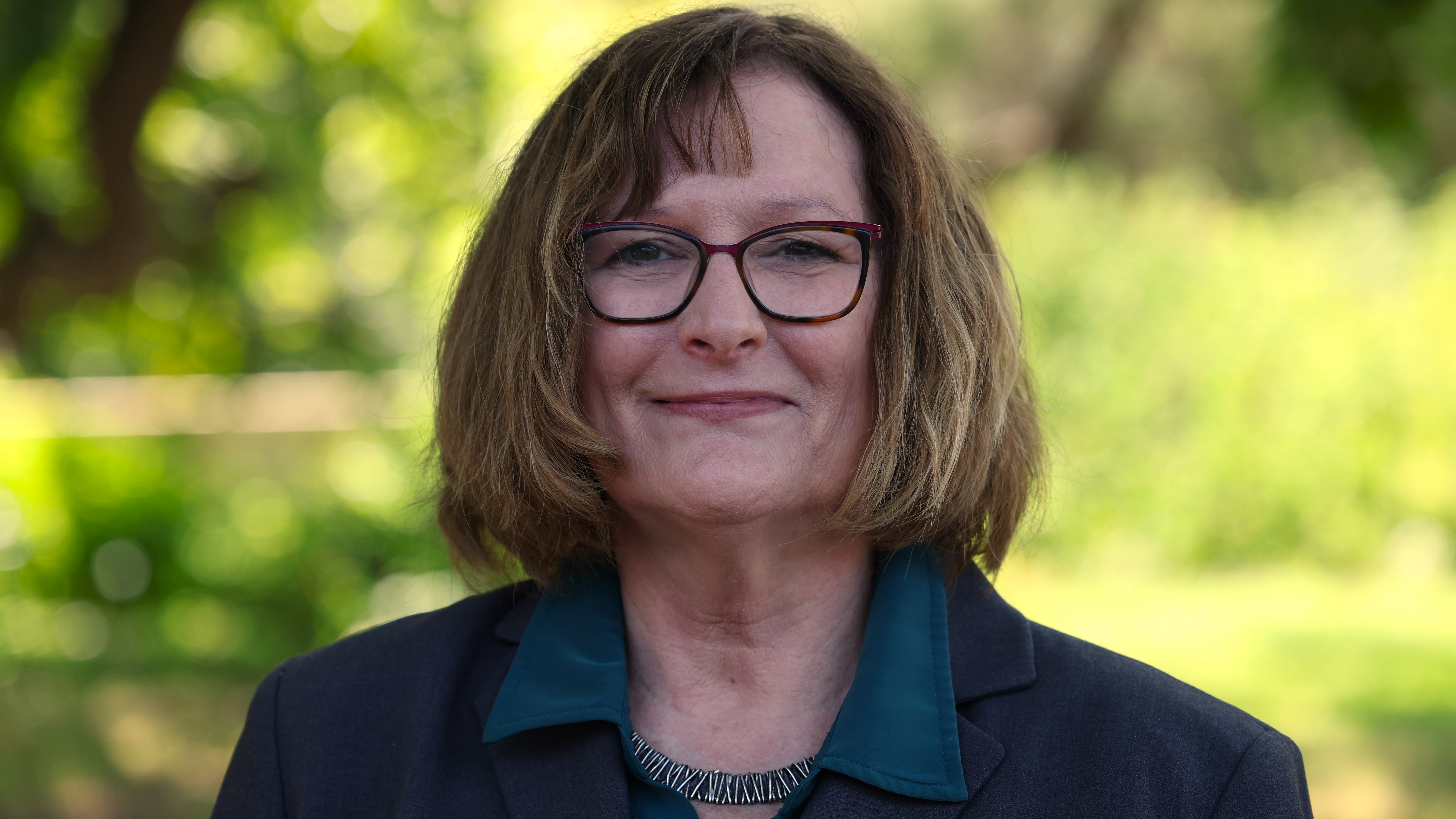Five Steps to Improve Your Health Literacy

Eva Doyle, Ph.D., chair, professor and graduate program director of public health at Baylor University's Robbins College of Health and Human Sciences, offers five tips on improving your health literacy for better health, wellness and quality of life.
October is National Health Literacy Month
Media Contact: Kelly Craine, Baylor University Media and Public Relations, 254-297-9065
Follow us on Twitter: @BaylorUMedia
WACO, Texas (Sept. 26, 2022) – If you have ever struggled to interpret medical instructions or became exasperated trying to navigate a health care or insurance system, you already know that finding, understanding and using information and services to help make health-related decisions is critical for your health, wellness and quality of life.
October in National Health Literacy Month, a time to recognize the importance of making health information easy to understand and the health care system easier to navigate.
Low health literacy can be dangerous when people don’t know how to find reliable information or are confused by unfamiliar and conflicting information, said Eva I. Doyle, Ph.D., chair, professor and graduate program director of public health at Baylor University’s Robbins College of Health and Human Sciences. Doyle’s research at Baylor focuses on public health promotion in underserved communities, cultural aspects of health promotion and professional development of health education specialists.
“It’s can be incredibly difficult when any of us are not familiar with the medical terms used or how the body works and are expected to follow complicated self-care instructions,” Doyle said. “Add the fear and stress that occurs when diagnosed with a serious health illness or complex chronic condition, and the level of understanding and risk can be overwhelming. This widespread problem is particularly prevalent in underserved populations where low levels of health literacy contribute to a lack of health equity for all.”
5 steps for better health literacyThe good news is there are steps we can take to promote health literacy for ourselves and others.
Doyle suggests five things you can do to enhance your personal health literacy when you talk with your health professional.
- Take someone with you who can take notes and help you remember what was said.
- If you think you need an interpreter, ask for one in advance. The goal is for you to understand everything clearly.
- Bring accurate and thorough information with you about your health history, including any medications you are taking (both prescription and over-the-counter).
- Be truthful about what you have or haven’t been doing so the professional can correctly understand and help.
- Ask questions! And keep asking until you get understandable answers. Repeat back what you think you just heard and ask for confirmation or clarification.
“Don’t feel badly if you struggle to find, understand and use accurate health information,” Doyle said. “Just keep in mind that it is okay to ask for help.”
Finding trusted sourcesDoyle also suggested these trusted sources to learn more about and understand health-related information:
- MedlinePlus from the National Library of Medicine that offers health information in multiple languages and contains a “health topics” section with information specific to men, women and older adults, as well as information about drugs, medical tests, medical terms, healthy recipes and more. Interactive online games under “videos and tools” can help you master some health information.
- Kidshealth that provides health-related information for kids, parents, teens, and educators.
- MedSpeak: What Did My Doctor Say? that contains patient-friendly definitions of terms used by health care providers.
- Centers for Disease Control and Prevention (CDC) that provides a helpful “health topics” section.
ABOUT BAYLOR UNIVERSITY
Baylor University is a private Christian University and a nationally ranked Research 1 institution. The University provides a vibrant campus community for more than 20,000 students by blending interdisciplinary research with an international reputation for educational excellence and a faculty commitment to teaching and scholarship. Chartered in 1845 by the Republic of Texas through the efforts of Baptist pioneers, Baylor is the oldest continually operating University in Texas. Located in Waco, Baylor welcomes students from all 50 states and more than 90 countries to study a broad range of degrees among its 12 nationally recognized academic divisions.
ABOUT ROBBINS COLLEGE OF HEALTH AND HUMAN SCIENCES AT BAYLOR UNIVERSITY
The Robbins College of Health and Human Sciences at Baylor University was established in 2014, a result of identified priorities for strengthening the health sciences through Baylor’s strategic vision, Pro Futuris, and the University’s Illuminate strategic plan. The anchor academic units that form Robbins College – Communication Sciences and Disorders; Human Sciences and Design; Health, Human Performance and Recreation; Occupational Therapy; Physical Therapy; Public Health; and Division of Health Professions – share a common purpose: improving health and quality of life. The College’s curricula promotes a team-based approach to transformational education and research that has established interdisciplinary research collaborations to advance solutions for improving quality of life for individuals, families and communities. For more information, visit baylor.edu/chhs.